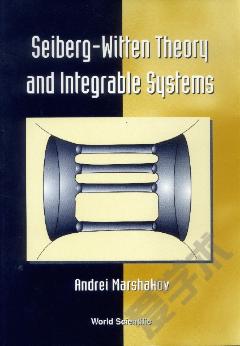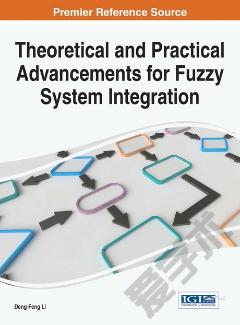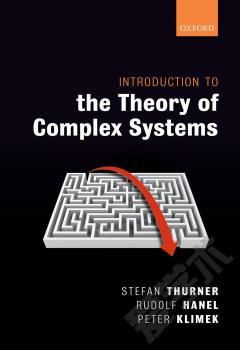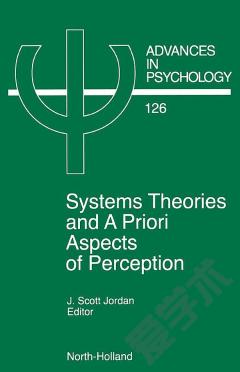Seiberg-witten Theory And The Integrable Systems
In the past few decades many attempts have been made to search for a consistent formulation of quantum field theory beyond perturbation theory. One of the most interesting examples is the Seiberg-Witten ansatz for the N=2 SUSY supersymmetric Yang-Mills gauge theories in four dimensions. The aim of this book is to present in a clear form the main ideas of the relation between the exact solutions to the supersymmetric (SUSY) Yang-Mills theories and integrable systems. This relation is a beautiful example of reformulation of close-to-realistic physical theory in terms widely known in mathematical physics — systems of integrable nonlinear differential equations and their algebro-geometric solutions.First, the book reviews what is known about the physical problem: the construction of low-energy effective actions for the N=2 Yang-Mills theories from the traditional viewpoint of quantum field theory. Then the necessary background information from the theory of integrable systems is presented. In particular the author considers the definition of the algebro-geometric solutions to integrable systems in terms of complex curves or Riemann surfaces and the generating meromorphic 1-form. These definitions are illustrated in detail on the basic example of the periodic Toda chain.Several “toy-model” examples of string theory solutions where the structures of integrable systems appear are briefly discussed. Then the author proceeds to the Seiberg-Witten solutions and show that they are indeed defined by the same data as finite-gap solutions to integrable systems. The complete formulation requires the introduction of certain deformations of the finite-gap solutions described in terms of quasiclassical or Whitham hierarchies. The explicit differential equations and direct computations of the prepotential of the effective theory are presented and compared when possible with the well-known computations from supersymmetric quantum gauge theories.Finally, the book discusses the properties of the exact solutions to SUSY Yang-Mills theories and their relation to integrable systems in the general context of the modern approach to nonperturbative string or M-theory.
{{comment.content}}








 京公网安备 11010802027623号
京公网安备 11010802027623号